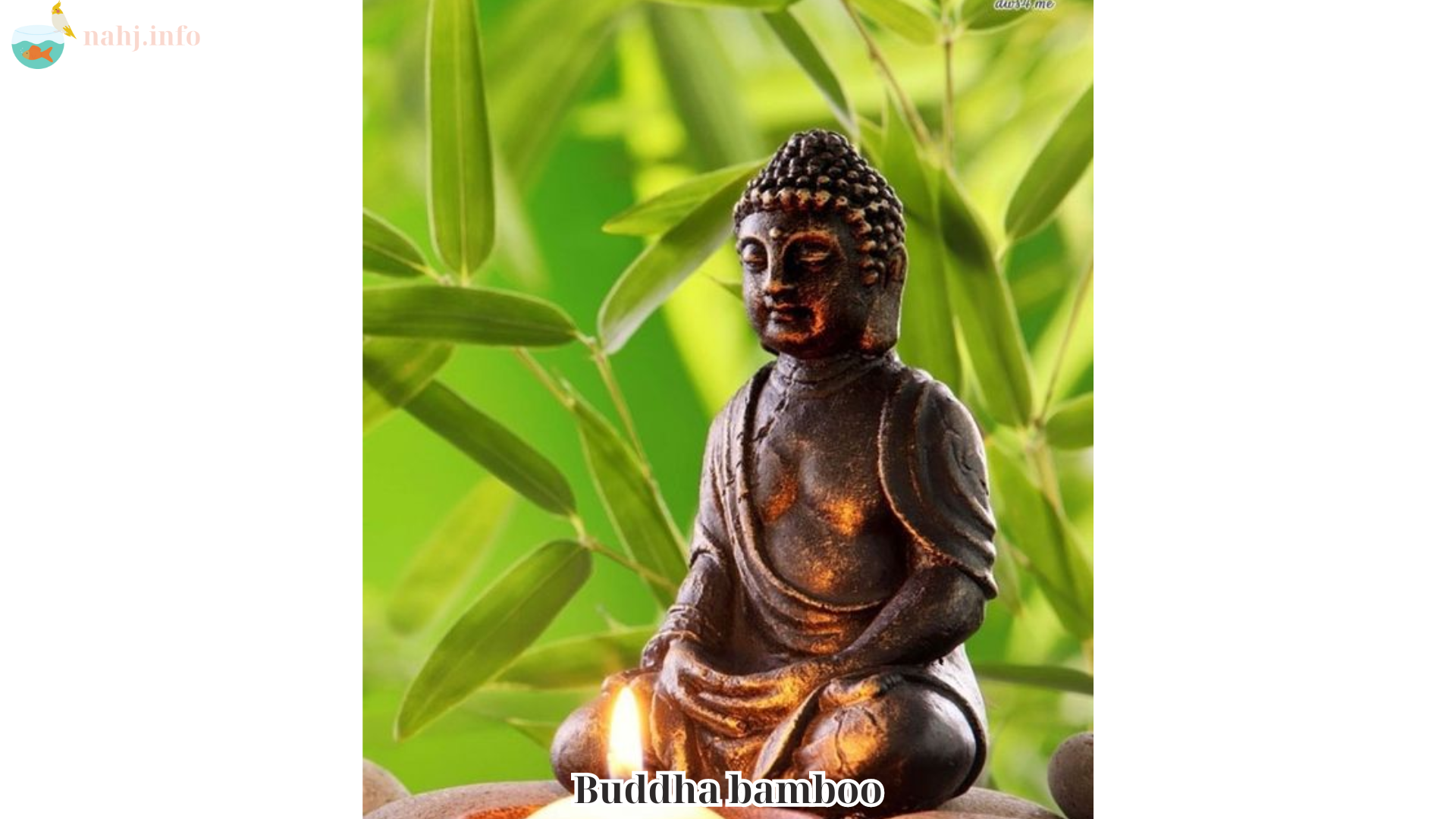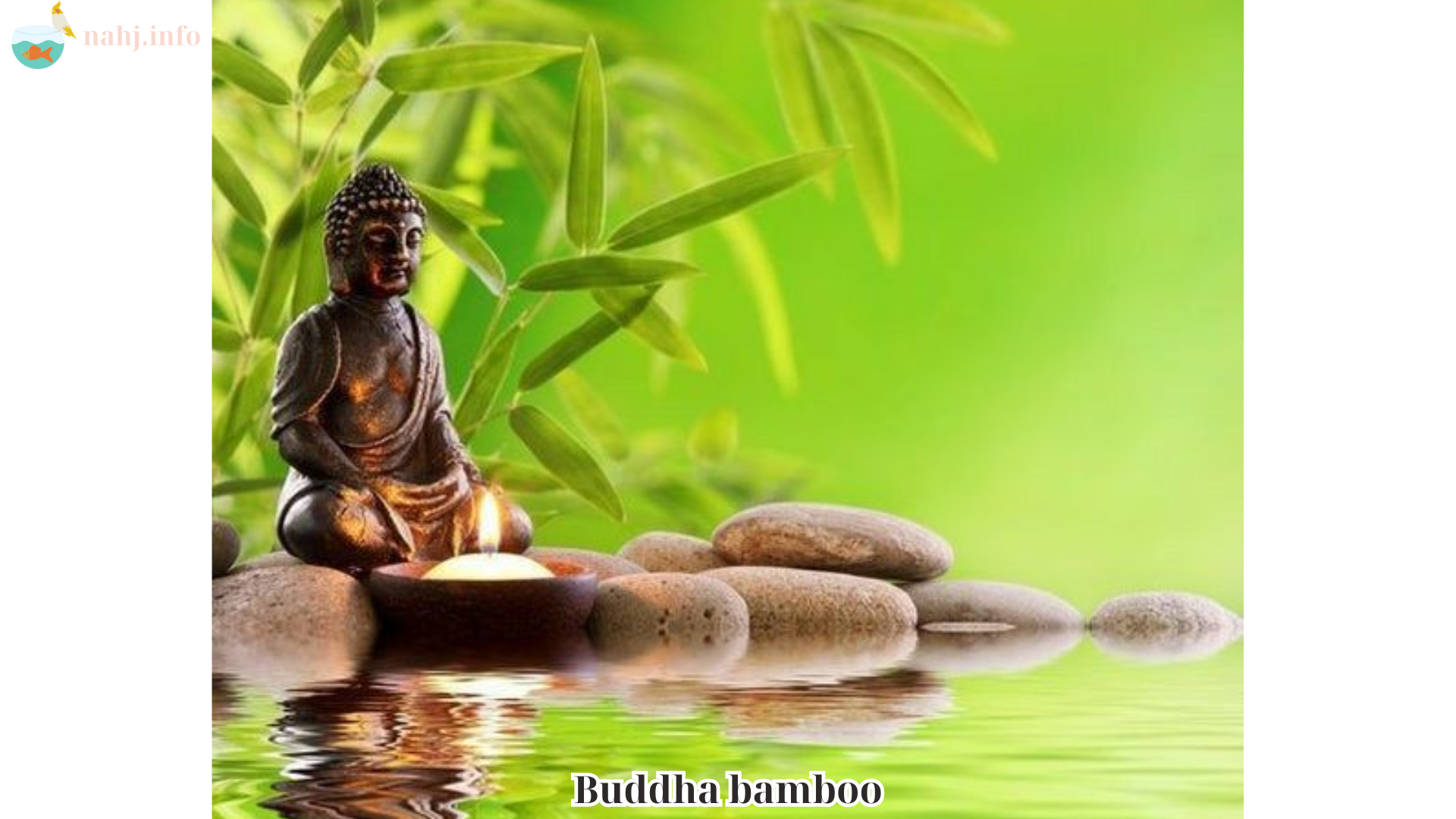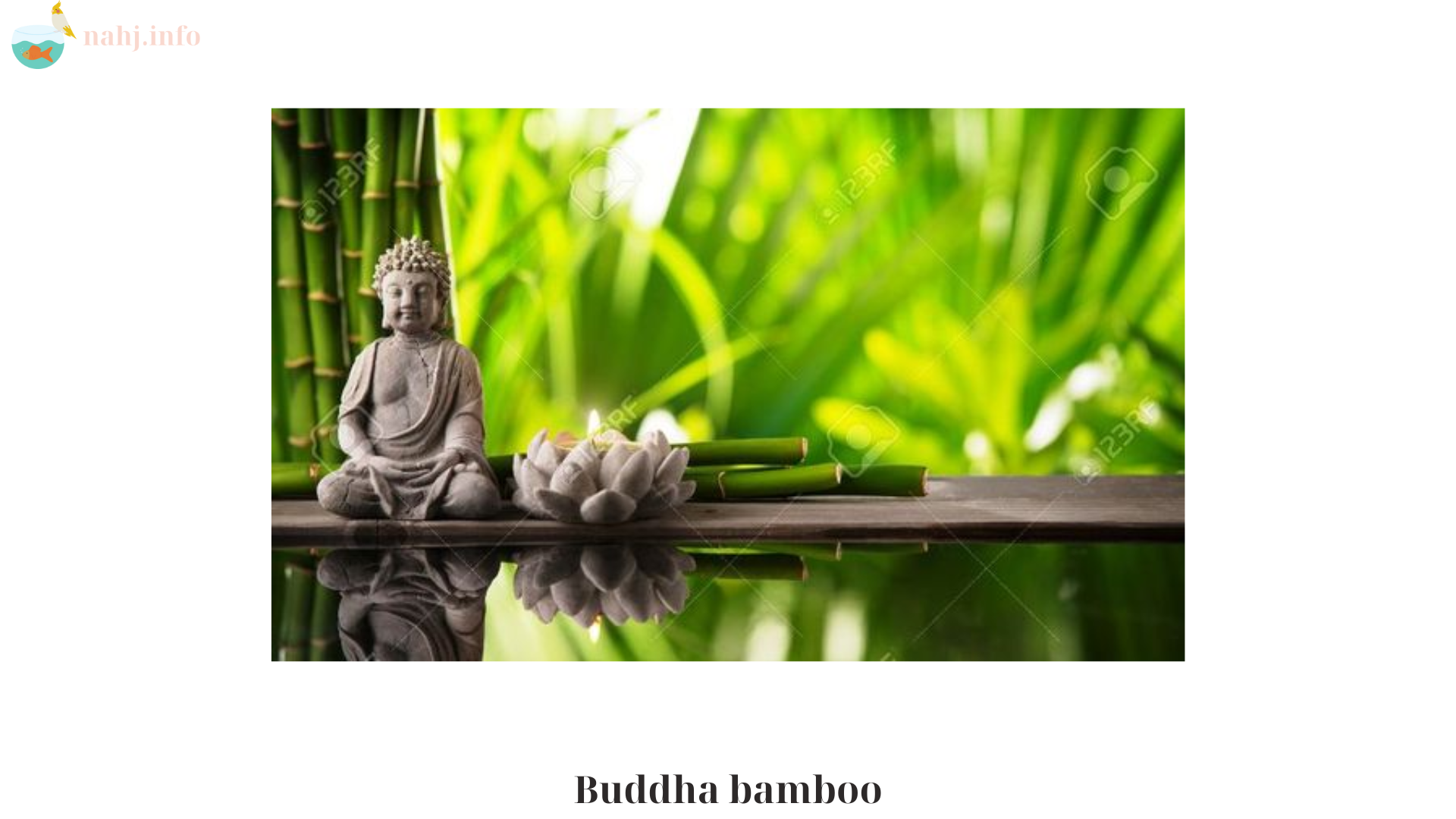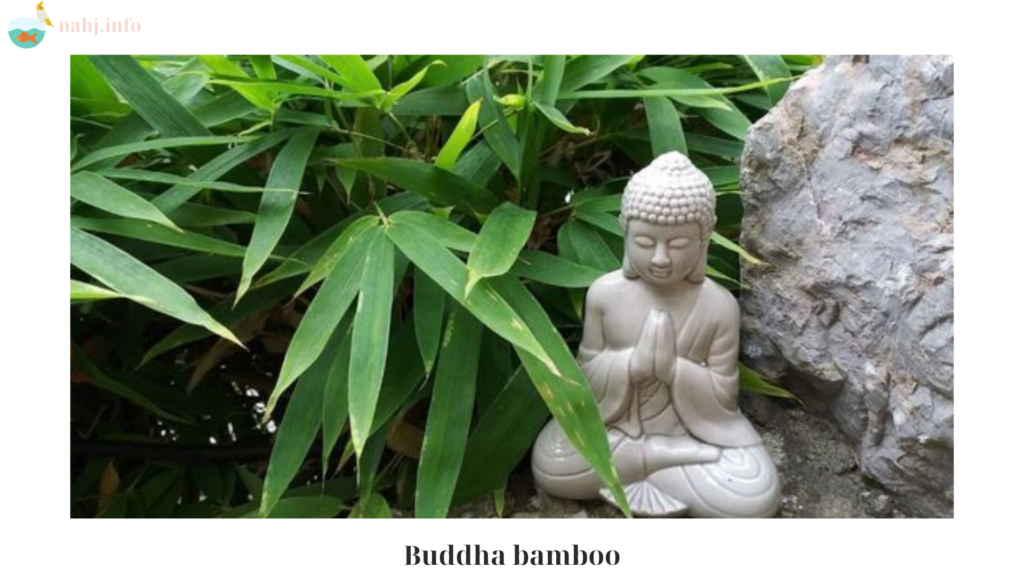Buddha bamboo, often referred to as Buddha’s belly bamboo (Bambusa ventricosa), is a unique and intriguing plant known for its distinctive swollen internodes that resemble the belly of Buddha statues. This plant not only adds an exotic touch to gardens and landscapes but also carries deep cultural and spiritual significance. In this comprehensive guide, nahj explore everything you need to know about Buddha bamboo, from its origins and characteristics to its care and symbolism.
Table of Contents
ToggleOrigins and Characteristics

Native Habitat
Buddha bamboo is native to southern China and parts of Southeast Asia, where it thrives in warm, tropical climates. It has gained popularity worldwide due to its unique appearance and easy cultivation in various environments.
Physical Features
The most striking feature of Buddha bamboo is its swollen internodes, which give the plant a segmented, bulging appearance. These swollen sections can vary in size and shape, creating a visually interesting and dynamic plant. The culms, or stems, of Buddha bamboo are typically green but can turn yellow with age or due to environmental factors. The plant can grow up to 15-20 feet tall in optimal conditions.
Growth Pattern
Buddha bamboo is a clumping bamboo, meaning it grows in tight clusters rather than spreading aggressively like running bamboo. This makes it an excellent choice for gardens and landscapes where controlled growth is desired. The plant produces new shoots primarily in the spring and summer, adding to its lush and dense appearance.
Cultural and Spiritual Significance
Symbol of Prosperity and Good Fortune
In many Asian cultures, bamboo is a symbol of prosperity, good fortune, and resilience. The unique shape of Buddha bamboo, resembling the belly of Buddha, is believed to enhance these attributes, making it a popular choice for gardens, homes, and businesses seeking to attract positive energy and success.
Feng Shui Applications
In Feng Shui, Buddha bamboo is often used to attract wealth and harmony. Placing the plant in the southeast corner of a home or office is thought to invite prosperity and financial stability. The plant’s association with Buddha also imbues it with a sense of peace and spiritual growth, making it a powerful tool in creating a balanced and harmonious environment.
Meditation and Mindfulness
Buddha bamboo’s serene and calming appearance makes it an ideal companion for meditation and mindfulness practices. The plant’s presence can help create a tranquil atmosphere, encouraging relaxation and introspection. Many practitioners place Buddha bamboo in their meditation spaces to enhance the sense of peace and spiritual connection.
Caring for Buddha Bamboo

Light and Temperature
Buddha bamboo thrives in bright, indirect light but can also tolerate some direct sunlight, especially in the morning or late afternoon. In hotter climates, providing some shade during the peak afternoon hours can prevent leaf burn and stress. The plant prefers warm temperatures, ideally between 60-80°F (15-27°C), and can tolerate brief periods of cooler temperatures but should be protected from frost.
Watering and Humidity
Consistent moisture is key to keeping Buddha bamboo healthy. The soil should be kept evenly moist but not waterlogged. During the growing season, water the plant regularly to ensure the soil remains damp. In winter, reduce watering slightly but do not let the soil dry out completely. Buddha bamboo also enjoys high humidity, so misting the plant or placing a humidity tray nearby can help maintain the necessary moisture levels.
Soil and Fertilization
Buddha bamboo prefers well-draining soil rich in organic matter. A mix of potting soil, compost, and perlite can provide the ideal growing medium. Fertilize the plant during the growing season with a balanced, water-soluble fertilizer every 4-6 weeks. This will promote healthy growth and vibrant foliage. Avoid over-fertilizing, as this can lead to salt buildup and damage the plant.
Pruning and Maintenance
Regular pruning helps maintain the desired shape and size of Buddha bamboo. Remove any dead or yellowing leaves and trim back overgrown or damaged stems. Pruning also encourages new growth and helps keep the plant healthy and attractive. If growing Buddha bamboo in a container, repot the plant every 2-3 years to refresh the soil and accommodate its expanding root system.
Propagation Techniques
Division
The most common method of propagating Buddha bamboo is through division. This involves separating a healthy clump of the plant from the main cluster and replanting it in a suitable location. Ensure each division has at least a few culms and a healthy root system to promote successful growth.
Cuttings
Buddha bamboo can also be propagated from cuttings, although this method is less common. Take a cutting from a healthy, mature stem and plant it in moist, well-draining soil. Keep the cutting in a warm, humid environment until it establishes roots and begins to grow.
Common Issues and Solutions

Yellowing Leaves
Yellowing leaves can be a sign of various issues, including overwatering, underwatering, or nutrient deficiencies. Ensure the plant is receiving the right amount of water and fertilize regularly during the growing season. If yellowing persists, check for pests or diseases that may be affecting the plant’s health.
Pests and Diseases
Buddha bamboo is generally resistant to pests and diseases but can occasionally be affected by aphids, spider mites, or fungal infections. Regularly inspect the plant for signs of pests and treat infestations promptly with insecticidal soap or neem oil. Ensure good air circulation around the plant to prevent fungal issues.
Slow Growth
If Buddha bamboo is not growing as expected, it may be due to insufficient light, poor soil conditions, or inadequate watering. Adjust the plant’s environment to provide optimal growing conditions and consider repotting if the soil has become compacted or depleted of nutrients.
Conclusion
Buddha bamboo is a fascinating and spiritually significant plant that can enhance the beauty and tranquility of any space. Its unique appearance and cultural symbolism make it a popular choice for gardens, homes, and businesses seeking to attract prosperity and harmony. By understanding the care requirements and spiritual significance of Buddha bamboo, you can enjoy the many benefits this remarkable plant has to offer. Whether you are a seasoned gardener or a novice plant enthusiast, Buddha bamboo is a rewarding and enriching addition to your plant collection.

